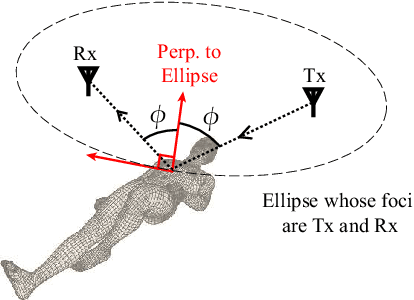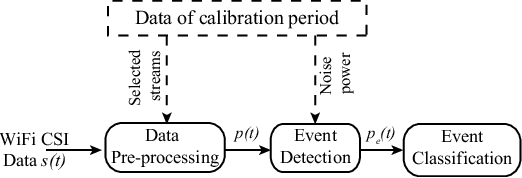Belal Korany
UX-aware Rate Allocation for Real-Time Media
May 07, 2025Abstract:Immersive communications is a key use case for 6G where applications require reliable latency-bound media traffic at a certain data rate to deliver an acceptable User Experience (UX) or Quality-of-Experience (QoE). The Quality-of-Service (QoS) framework of current cellular systems (4G and 5G) and prevalent network congestion control algorithms for latency-bound traffic like L4S typically target network-related Key Performance Indicators (KPIs) such as data rates and latencies. Network capacity is based on the number of users that attain these KPIs. However, the UX of an immersive application for a given data rate and latency is not the same across users, since it depends on other factors such as the complexity of the media being transmitted and the encoder format. This implies that guarantees on network KPIs do not necessarily translate to guarantees on the UX. In this paper, we propose a framework in which the communication network can provide guarantees on the UX. The framework requires application servers to share real-time information on UX dependency on data rate to the network, which in turn, uses this information to maximize a UX-based network utility function. Our framework is motivated by the recent industry trends of increasing application awareness at the network, and pushing application servers towards the edge, allowing for tighter coordination between the servers and the 6G system. Our simulation results show that the proposed framework substantially improves the UX capacity of the network, which is the number of users above a certain UX threshold, compared to conventional rate control algorithms.
Nocturnal Seizure Detection Using Off-the-Shelf WiFi
Mar 25, 2021



Abstract:Detection of nocturnal seizures in epilepsy patients is essential, both for the quick management of the seizure complications, and for the assessment of the ongoing seizure treatment. Traditional seizure detection products (e.g., wearables), however, are either very costly, uncomfortable, or unreliable. In this paper, we then propose to utilize everyday WiFi signals for robust, fast, and non-invasive detection of nocturnal seizures. We first present a new and rigorous mathematical characterization for the spectral content/bandwidth of the WiFi signal, measured on a WiFi device placed near a sleeping patient, during different kinds of sleep motions: seizures, normal movements (e.g. posture adjustments), and breathing. Based on this mathematical modeling, we propose a novel pipeline for processing the received WiFi signals to robustly detect all nocturnal non-breathing movements, and then classify them into normal body movements or seizures. In order to validate this, we carry out extensive experiments in 7 different typical bedroom locations, where a set of 20 actors simulate the state of having seizures (total of 260 instances), as well as normal sleep movements (total of 410 instances). Our proposed system detects 93.85% of the seizures with a mean response time of only 5.69 seconds since the onset of the seizure. Moreover, our proposed system achieves a probability of false alarm of only 0.0097, when classifying normal sleep movements. Overall, our new mathematical modeling and experimental results show the great potential the ubiquitous WiFi signals have for detecting nocturnal seizures, which can provide better support for epilepsy patients and their caregivers.
 Add to Chrome
Add to Chrome Add to Firefox
Add to Firefox Add to Edge
Add to Edge